» Blog » Zoo Enclosure Wire Mesh Options: Choosing the Right Material
Zoo Enclosure Wire Mesh Options: Choosing the Right Material
March 28, 2024
Constructing a zoo enclosure involves meticulous planning and attention to various factors, such as the specific needs of the animals, their behavior, and the surrounding environment. This guide will walk you through the steps to build a safe, comfortable, and engaging zoo enclosure that caters to the needs of both animals and visitors.
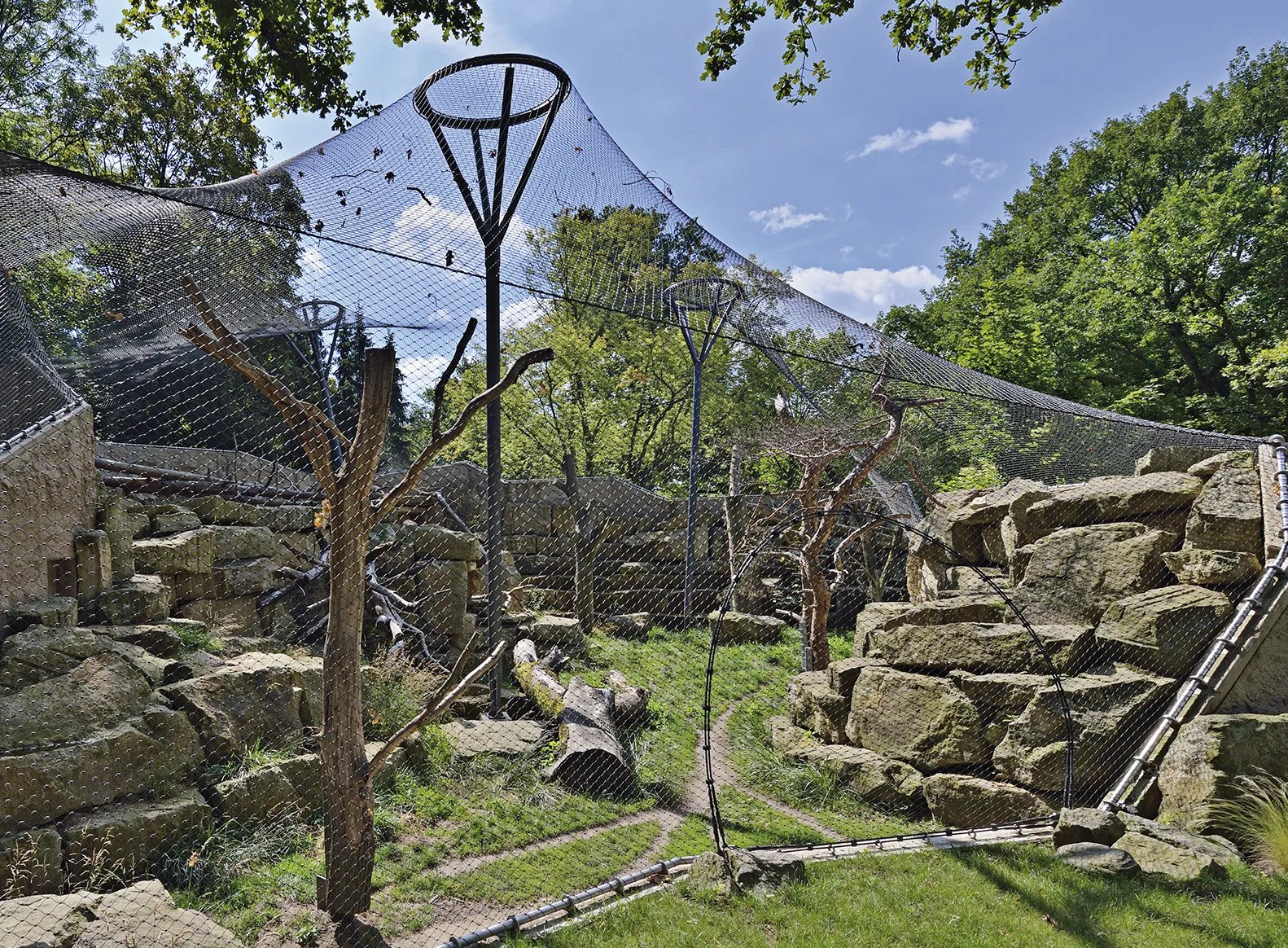
Step 1: Research and Planning
Start by studying the natural habitat, behavior, and needs of the animal species that will inhabit the enclosure. Consult with experts, like zoologists and animal behaviorists, to ensure the enclosure meets the animals’ needs. Determine the appropriate size, layout, and materials based on the animals’ requirements and available resources.
Step 2: Design and Approval
Develop a detailed design of the zoo enclosure, incorporating all the features and elements necessary to replicate the animals’ natural habitat as closely as possible. Make sure the design adheres to relevant safety and welfare standards for animals and visitors. Obtain necessary permits and approvals from relevant authorities before beginning construction.
Step 3: Site Preparation
Clear the chosen site of debris, vegetation, or obstacles that could interfere with construction. Mark the boundaries of the zoo enclosure and any features, such as viewing areas or visitor pathways. Prepare the ground for construction by leveling the area and ensuring proper drainage.
Step 4: Construction of the Enclosure
Construct the enclosure’s perimeter using materials like concrete, brick, or steel, depending on the design and animals’ needs. Install the appropriate wire mesh or fencing, ensuring it is secure and suitable for the specific animals housed. Build any additional features, such as shelters, climbing structures, or water features, to provide the animals with a comfortable and stimulating environment.
Step 5: Landscaping and Habitat Creation
Incorporate natural elements like plants, rocks, and logs to create a habitat resembling the animals’ natural environment. Ensure the enclosure offers ample space for the animals to move around, hide, and engage in natural behaviors. Install proper drainage systems to maintain a clean and healthy environment for the animals.
Step 6: Installation of Utilities and Equipment for zoo enclosure
Set up heating, cooling, and lighting systems as required for the specific animals and their needs. Install necessary equipment for feeding, watering, and cleaning the enclosure. Provide enrichment items to stimulate the animals’ physical and mental well-being.
Step 7: Safety Measures and Inspections
Install barriers or fences around the zoo enclosure to protect both the animals and visitors. Ensure all equipment and structures within the enclosure are secure and free of hazards. Conduct a thorough inspection of the enclosure before introducing the animals to ensure everything is in place and functioning properly.
Step 8: Animal Introduction and Acclimatization
Transport the animals to the enclosure carefully and under the supervision of qualified professionals. Allow the animals time to acclimate to their new environment, monitoring their behavior and health closely. Gradually introduce the animals to any new routines, such as feeding schedules or interaction with zookeepers.
Step 9: Ongoing Maintenance and Monitoring zoo enclosure
Regularly inspect and maintain the enclosure, equipment, and structures to ensure their continued safety and functionality. Monitor the animals’ health and behavior, making adjustments to the enclosure or care routines as necessary. Evaluate the enclosure’s effectiveness in meeting the animals’ needs and make improvements as needed.
Conclusion
By following these steps and collaborating with experts, you can create a safe, comfortable, and stimulating zoo enclosure that satisfies the needs of both the animals and visitors.
Selecting the right wire mesh for a zoo enclosure is essential for ensuring the safety and comfort of the animals. Consider the animal’s size, strength, behavior, and the enclosure’s location and environmental conditions when choosing the appropriate wire mesh. Various wire mesh types are available, each with its advantages:
Stainless steel wire rope mesh zoo enclosure :
This mesh is strong, durable, and corrosion-resistant, making it suitable for both indoor and outdoor enclosures. It can accommodate a wide range of animals, from small birds to large mammals, thanks to customizable wire diameters and mesh apertures.
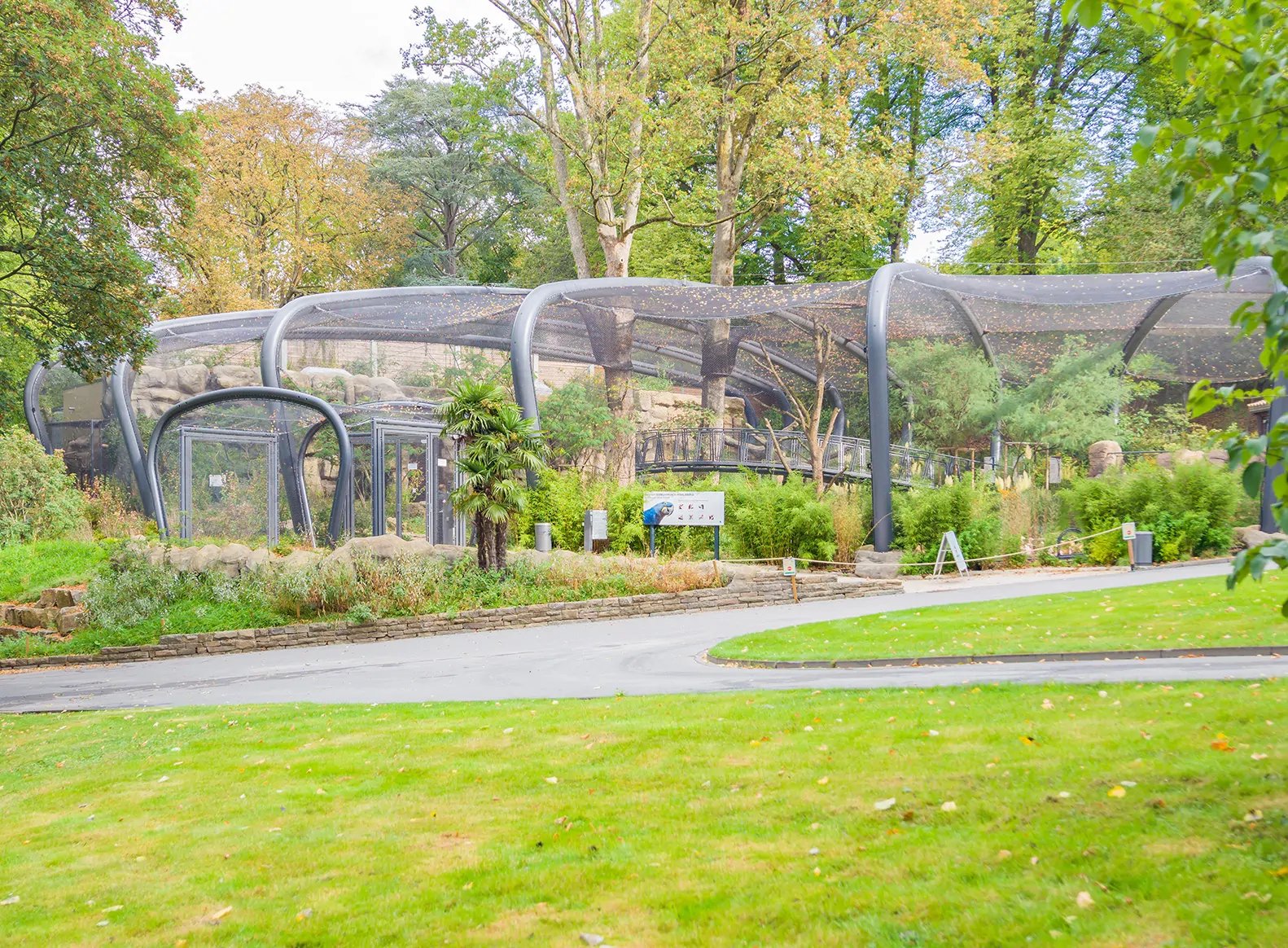
welded wire mesh:
Composed of steel wires welded together at each intersection, this rigid mesh is often used for medium to large-sized animals like ungulates, primates, and big cats. It is sturdy, long-lasting, and comes in various sizes and materials, including stainless steel and galvanized steel.
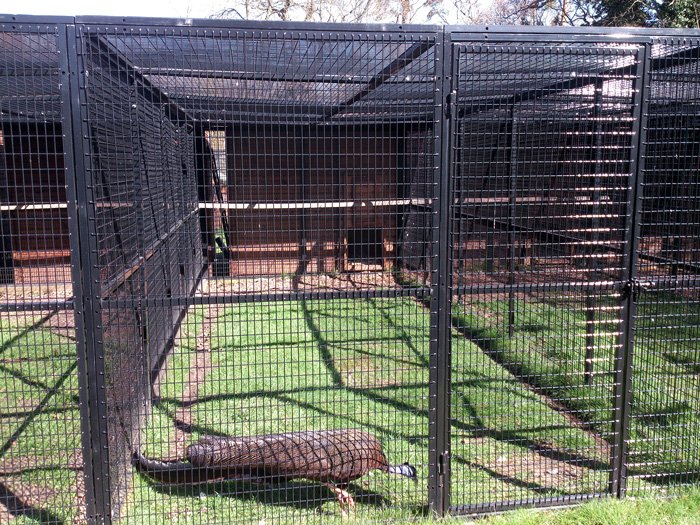
chain link fence zoo enclosure:
This cost-effective option consists of interlinked steel wires forming a diamond-shaped pattern. It is suitable for various animals, such as birds, primates, and canines, but may not be ideal for large or strong animals that can potentially damage the mesh.
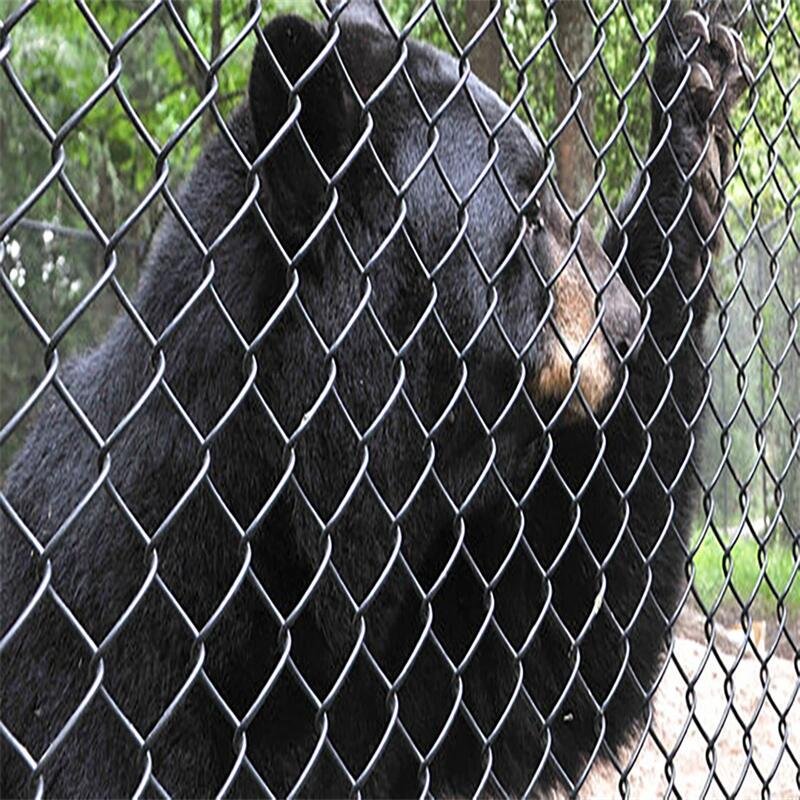
expanded metal mesh:
Made from a solid metal sheet slit and stretched to form a diamond-shaped pattern, this strong and durable mesh provides good visibility and is suitable for various animal enclosures.
hexagonal wire mesh:
Also known as chicken wire or poultry netting, this mesh is made from steel wires twisted together to form hexagonal openings. It is commonly used for small animal and bird enclosures, but may not be suitable for large or strong animals.
PVC Coated Wire Mesh:
This mesh is made from steel wires coated with a layer of PVC (polyvinyl chloride) for added protection against corrosion and weathering. It is suitable for various animal enclosures and comes in different colors to blend with the environment.
crimped wire mesh:
Created by weaving pre-crimped steel wires bent into wave-like shapes, this rigid and stable mesh is known for its strength, durability, and versatility. It is suitable for various animal enclosures, including those for large or strong animals. crimped wire mesh is available in stainless steel, galvanized steel, or other materials, and comes in different sizes and wire thicknesses to meet specific enclosure requirements.
By considering these factors and the unique needs of the animals, you can choose the appropriate wire mesh for your zoo enclosure to ensure safety, comfort, and proper care.




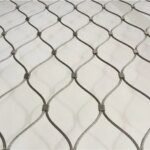 Return Policy
Return Policy Stainless Steel Cable Inter-Woven Mesh is the Perfect Choice
Stainless Steel Cable Inter-Woven Mesh is the Perfect Choice Stainless Steel Cable Opened Ferrule Mesh
Stainless Steel Cable Opened Ferrule Mesh Zoo Mesh: Enhancing Safety and Well-being in Zoological Parks
Zoo Mesh: Enhancing Safety and Well-being in Zoological Parks Zoo Mesh: The Key to Safe and Engaging Animal Enclosures
Zoo Mesh: The Key to Safe and Engaging Animal Enclosures